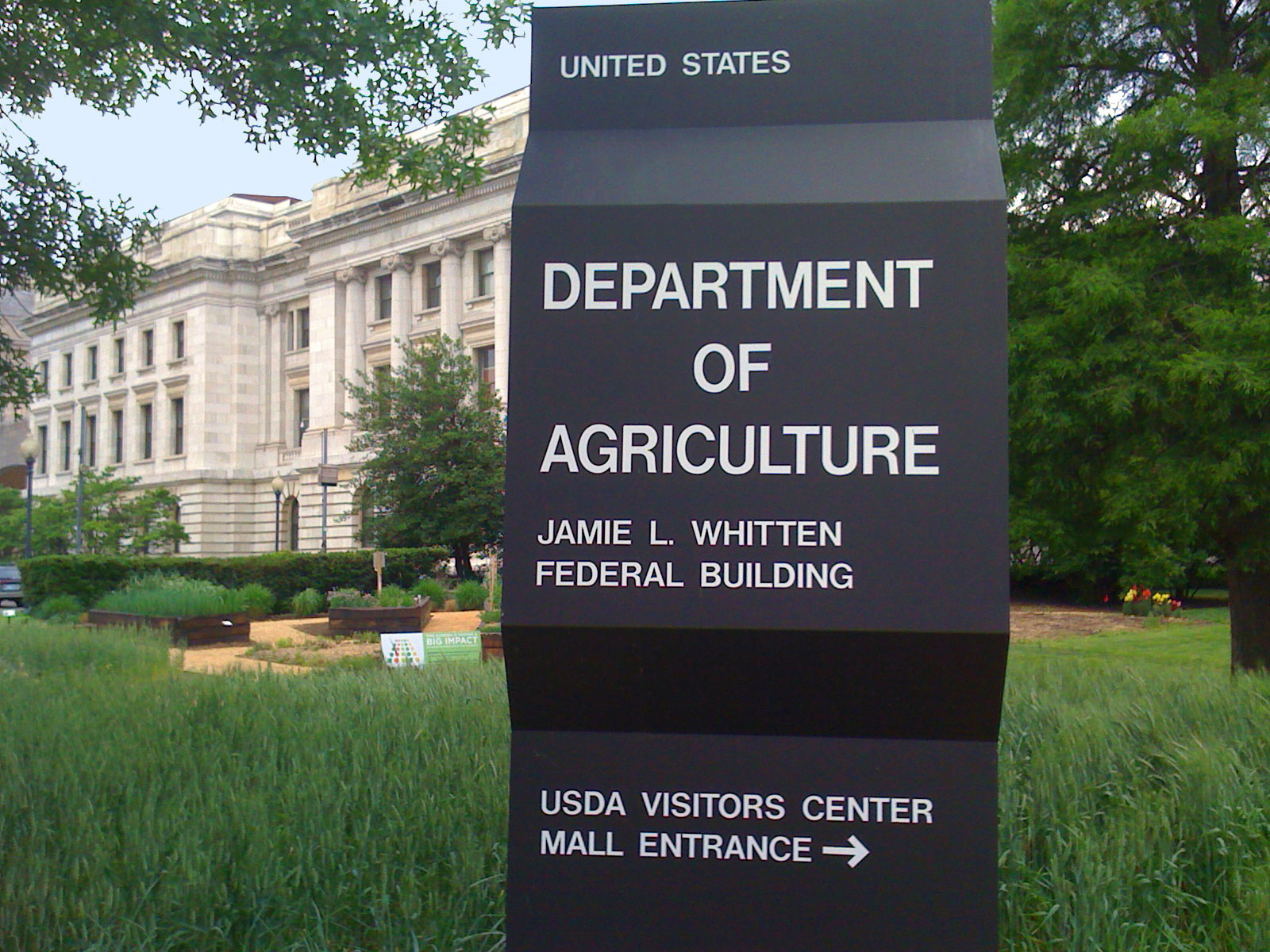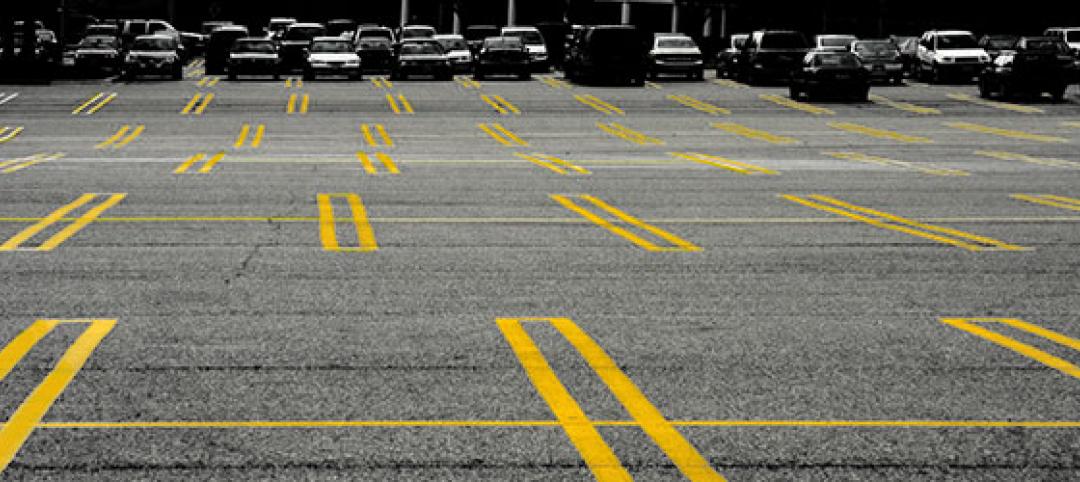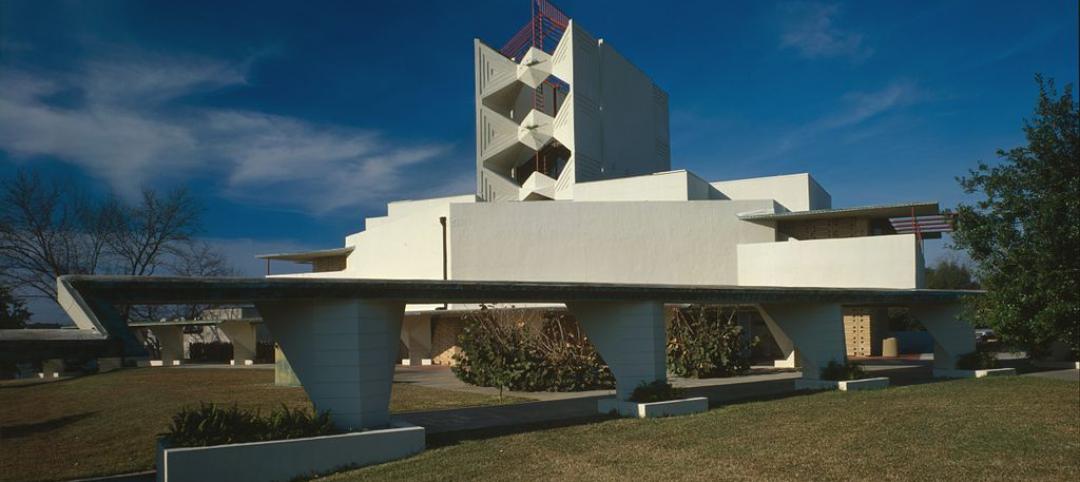Once every two weeks, janitors at the United States Department of Agriculture break open a new pallet of paper towels they’ll use to fill dispensers in 100 bathrooms scattered along seven miles of corridors throughout the USDA complex in Washington D.C. That’s at least two tons of paper a month—more than 24 tons a year. It’s no wonder that waste reduction is the USDA’s highest priority, when it comes to going green.
As the largest building on the National Mall and “the seat of Department leadership,” USDA officials want their headquarters to be “a model facility for others wishing to implement waste reduction and waste minimization programs,” according to the Waste Minimization Plan.
Although much of the USDA’s plan involves recycling, officials took a major step toward stopping waste at its source by installing 20 high-speed, energy-efficient hand dryers in restrooms throughout the USDA headquarters; the USDA reports seeing an immediate 50% reduction in the use of paper towels.
The high-speed energy-efficient dryers also deliver a 95% cost savings compared to paper towels and have a pay back period of less than one year. A Peer reviewed Life Cycle Assessment confirmed that high-speed dryers reduce the carbon footprint of hand drying by 50-70% when compared to both traditional hand dryers and 100% recycled paper towels.
All told, officials say the high-speed hand dryers are:
- Eliminating more than five tons of paper towel waste per year
- Lowering the cost of purchasing paper towels
- Reducing paper towel disposal fees
- Improving bathroom hygiene; there are now fewer wet paper towels trapping germs and overflowing onto the bathroom floor
The agency has targeted the biggest contributors to its waste stream, and high on the list is janitorial services and the extraordinary costs of supplying restrooms with paper towels; in fact, paper towels cost more than any other restroom supply or product.
 By dramatically reducing paper towel waste, janitors are now concentrating on tasks more critical than simply taking out the trash; janitors are now more focused and efficient because they are hauling away less paper towel trash—five million pounds less.
By dramatically reducing paper towel waste, janitors are now concentrating on tasks more critical than simply taking out the trash; janitors are now more focused and efficient because they are hauling away less paper towel trash—five million pounds less.
Overall, combined efforts of the Green Team and all USDA employees have reduced trash pick-ups at the complex from five to four per week, according to the most updated information posted on the USDA Web site.
By reducing the total number of “Trash Picks,” the USDA has:
- Eliminated 52 round trips to the USDA headquarters by big-rig diesel pick-up trucks
- Reduced the amount of diesel fuel being used
- Lowered airborne emissions of diesel exhaust and particulate pollution
- Cut greenhouse gas emissions from trucks traveling to the dump
- Reduced the amount of trash going into local landfills
- Saved $30,000 in dumpster fees
Removing paper towels and rolling out high-speed hand dryers remains a growing part of the agriculture department’s overall waste reduction program. Officials plan to continue installing XLERATOR hand dryers throughout USDA headquarters as they move ever closer to paper-free restrooms. +
Related Stories
| Sep 12, 2014
Will on-site parking remain king in the development world?
In spite of the trend away from multi-car residences, not much has changed with regard to parking spot allocations within apartment buildings and other multi-unit residential developments, writes GS&P's Doug Sharp.
| Sep 11, 2014
5 competing designs unveiled for Presidio Parklands in San Francisco
To turn the underdeveloped area by Chrissy Field into new public space, San Francisco's Presidio Trust unveiled the five designs by five teams they invited earlier this year.
| Sep 11, 2014
Cintas invites public to vote for 'America's best restroom'
For the 13th consecutive year, Cintas Corporation is back with its popular America’s Best Restroom Contest. A team of survey editors once again scanned the country for the most creative and clean public restrooms and produced a crop of nominees sure to please.
| Sep 10, 2014
Ranked: Top transit facility sector AEC firms [2014 Giants 300 Report]
Leo A Daly, URS, and Skanska head BD+C's rankings of the largest transit facility sector design and construction firms, based on the 2014 Giants 300 Report.
| Sep 10, 2014
Must See: Shape-shifting architecture that responds to heat
Students in Barcelona have created a composite material using shape memory polymers that can deform and return to their original state when activated by cues like heat, humidity, and light.
| Sep 10, 2014
Lessons for the shore: Bolstering resilience of the built environment
Nearly 32 million people, or 28% of the East Coast's population, live in areas lying within a mile of a shore line. The good news is that municipalities are starting to take action, writes Sasaki Associates.
| Sep 9, 2014
Using Facebook to transform workplace design
As part of our ongoing studies of how building design influences human behavior in today’s social media-driven world, HOK’s workplace strategists had an idea: Leverage the power of social media to collect data about how people feel about their workplaces and the type of spaces they need to succeed.
| Sep 9, 2014
Ranked: Top religious sector AEC firms [2014 Giants 300 Report]
Brasfield & Gorrie, Gensler, and Jacobs top BD+C's rankings of the nation's largest religious sector design and construction firms, as reported in the 2014 Giants 300 Report.
| Sep 9, 2014
Take a look at the hardhat of the future
A Los Angeles-based startup added augmented reality technology to a hardhat, creating a smart helmet.
| Sep 9, 2014
Frank Lloyd Wright's Annie Pfeiffer Chapel brought back to life using 3D printing
Restoration of the Frank Lloyd Wright-designed chapel was made possible (and affordable) thanks to 3D printing.
















